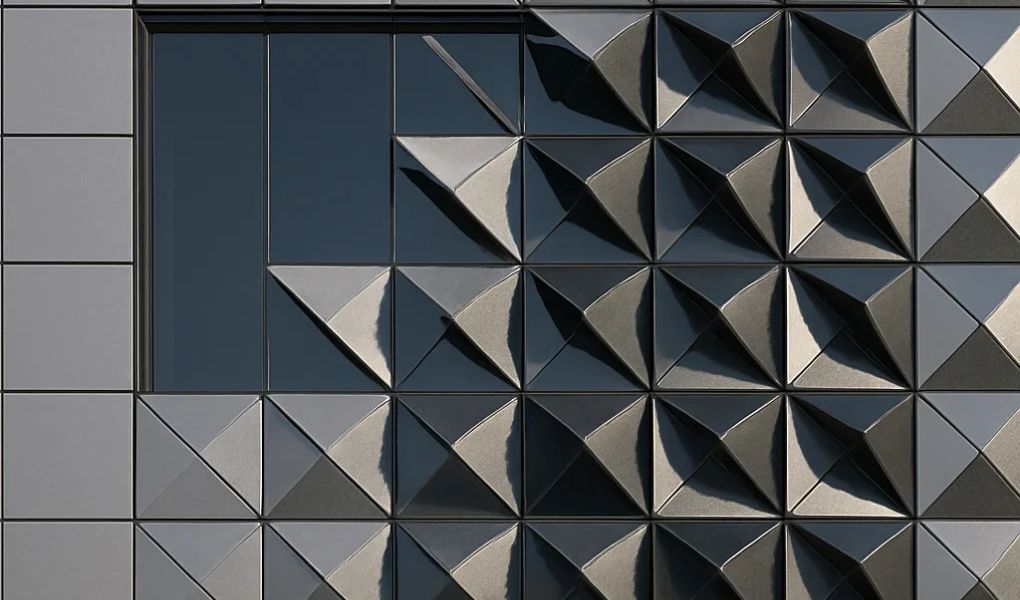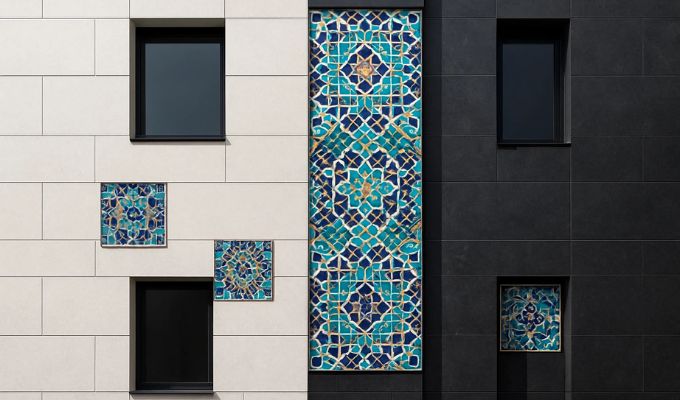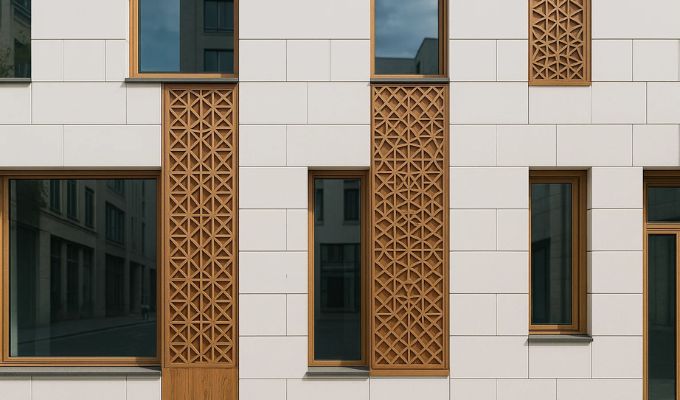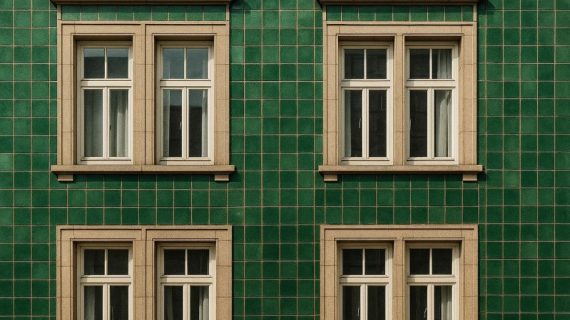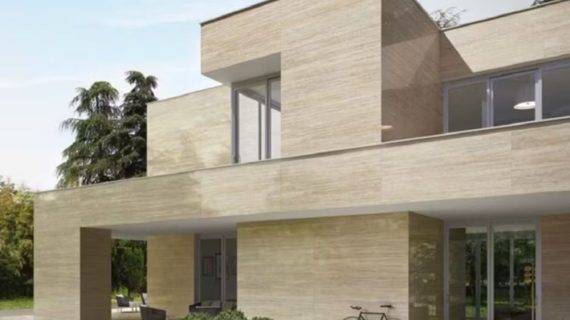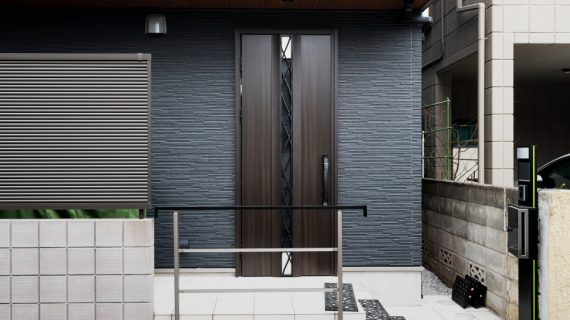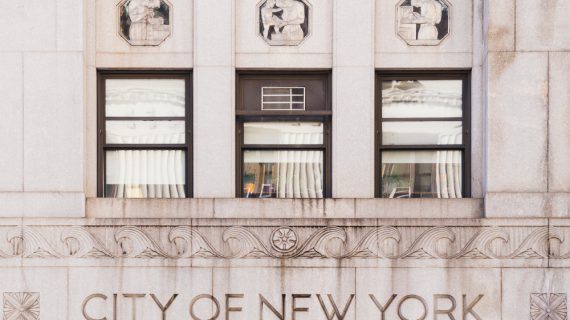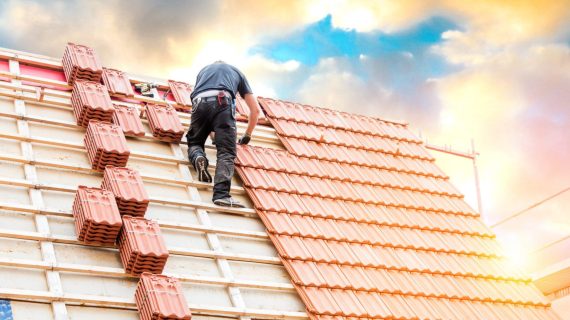Why Facade Tiles Are the Future of Sustainable Building Design?
As the global construction industry shifts towards more eco-conscious and energy-efficient practices, the role of exterior materials has never been more critical. Among the many innovations gaining momentum, facade tiles have emerged as a leading solution in sustainable building design. Known for their aesthetic flexibility, thermal efficiency, and low environmental impact, these tiles are redefining how modern architecture looks and performs.
In this blog, we’ll explore why facade tiles are not just a design element but a smart, sustainable investment for the future of construction.
1. What Are Facade Tiles?
Facade tiles are specially designed exterior wall coverings used to protect and enhance the appearance of a building. Available in materials such as ceramic, porcelain, terracotta, stone, and even glass, these tiles can be applied to both residential and commercial structures.
Unlike traditional cladding systems, facade tiles offer a high level of customization, weather resistance, and thermal efficiency. Their unique combination of form and function makes them an ideal choice for architects focused on sustainability without compromising on design.
2. Energy Efficiency and Thermal Insulation
One of the biggest challenges in building design, especially in warm regions like the UAE, is managing indoor temperatures and reducing energy consumption. Facade tiles play a crucial role in thermal insulation by acting as a protective layer between the exterior environment and interior space.
High-quality facade tiles reflect solar radiation and reduce heat absorption, keeping indoor temperatures cooler. This means reduced dependency on air conditioning systems, which translates into lower electricity bills and decreased carbon emissions. When paired with proper insulation, these tiles significantly enhance a building’s energy performance.
3. Durability and Long Lifespan
Sustainability also means choosing materials that last. Unlike paint or other surface finishes that require frequent replacement, facade tiles are built to endure harsh environmental conditions. They are resistant to:
- UV radiation
- Heavy rainfall
- Dust and sand
- Corrosion
- Mold and mildew
Their robustness means fewer repairs, reduced maintenance costs, and less waste over time. In sustainable architecture, longevity is a major factor—and facade tiles deliver exactly that.
4. Eco-Friendly Material Choices
Many facade tiles are made from natural or recyclable materials. Terracotta and ceramic tiles, for instance, are created from earth-based compounds with minimal environmental impact. Even more impressive, manufacturers are increasingly embracing recycled materials and energy-efficient production methods to meet green building standards.
These eco-friendly manufacturing practices reduce the overall carbon footprint of a construction project, supporting certifications like LEED (Leadership in Energy and Environmental Design) and Estidama in the UAE.
5. Minimal Maintenance and Low Water Use
Traditional painted exteriors require frequent repainting and cleaning, often involving chemical-laden materials and large amounts of water. Facade tiles, on the other hand, are low maintenance and only need occasional cleaning to retain their look and performance.
Their hard surface resists dirt accumulation and staining, which means buildings stay clean and vibrant without constant intervention. This translates into lower operational costs and reduced use of cleaning agents and water—another win for sustainability.
6. Design Versatility for Modern Architecture
Sustainability in design is not just about environmental benefits; it’s also about creating timeless, adaptable aesthetics. Facade tiles are available in a wide array of colors, textures, shapes, and finishes. From natural stone looks to ultra-modern glossy surfaces, architects have unlimited creative freedom.
This flexibility allows designers to integrate facade tiles into any theme—be it minimalist, industrial, traditional, or futuristic—without relying on unsustainable materials or processes.
7. Improved Indoor Air Quality
External walls directly influence the indoor environment. Some facade tiles come with special coatings that offer anti-bacterial, anti-fungal, and self-cleaning properties. These features not only reduce maintenance but also contribute to healthier indoor air quality, particularly important for homes, offices, hospitals, and schools.
Additionally, by maintaining a consistent indoor temperature and reducing the need for HVAC systems, facade tiles help prevent the circulation of allergens and pollutants often associated with artificial cooling and heating.
8. Compliance with Green Building Regulations
With increasing regulations around energy performance and building sustainability, incorporating facade tiles can help developers and builders stay compliant with local codes. Many municipalities in the UAE and globally are pushing for greener construction through mandates and incentives.
Using facade tiles can assist in meeting the standards for insulation, solar reflectivity, and even acoustic performance—ensuring that your project aligns with future-proof building practices.
Conclusion: Choose ArtFix for Sustainable Facade Tile Solutions
As we move towards a greener future, facade tiles stand at the intersection of aesthetics, functionality, and sustainability. Their unmatched durability, energy efficiency, and low environmental impact make them an indispensable part of modern architecture.
For builders and homeowners looking to embrace this shift, selecting the right partner is crucial. ArtFix is a name synonymous with quality and innovation in the UAE’s tile industry. With a wide range of premium facade tiles and a commitment to sustainable building design, ArtFix offers solutions that not only elevate your property’s appearance but also contribute to a healthier planet. When it comes to merging design excellence with environmental responsibility, ArtFix shines as the ideal choice.

